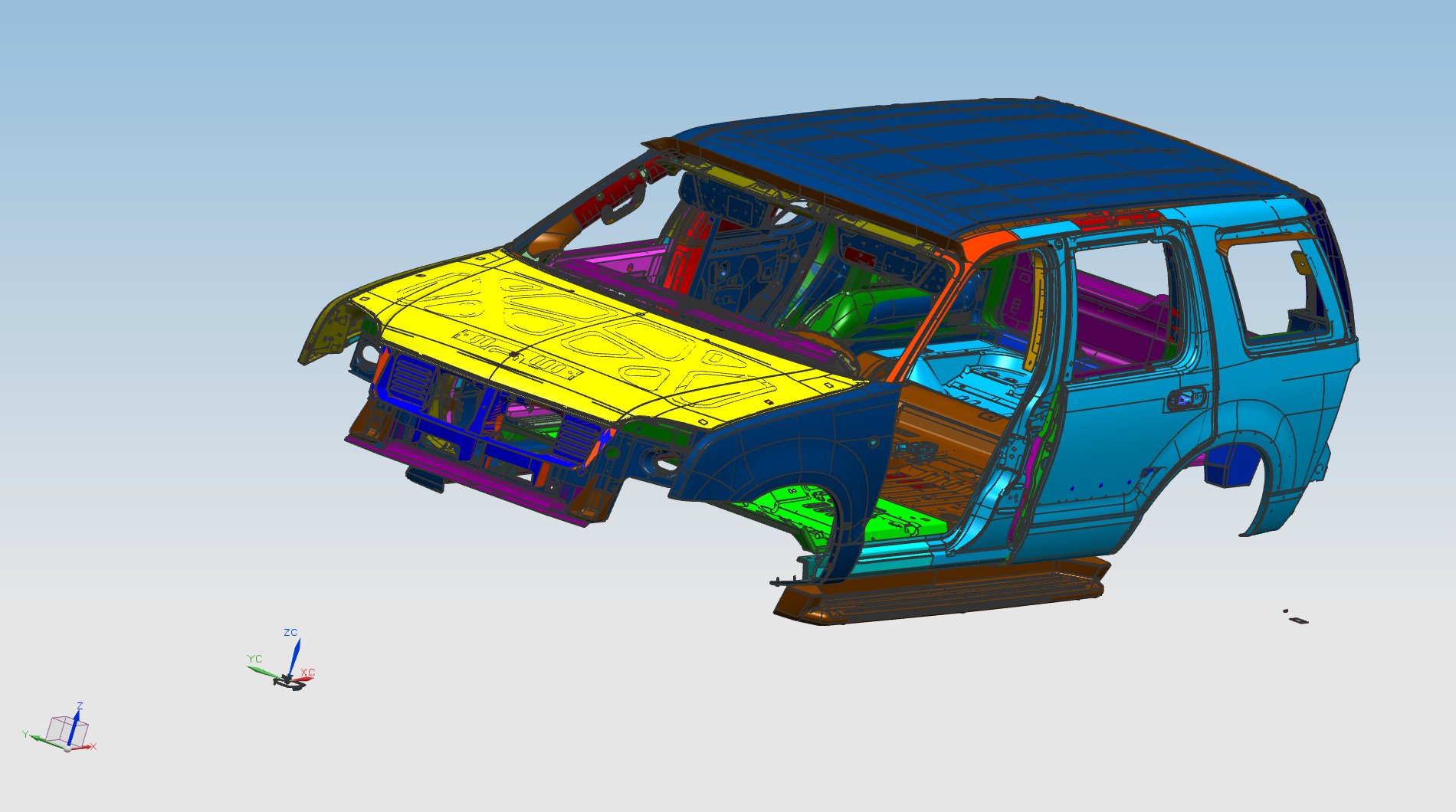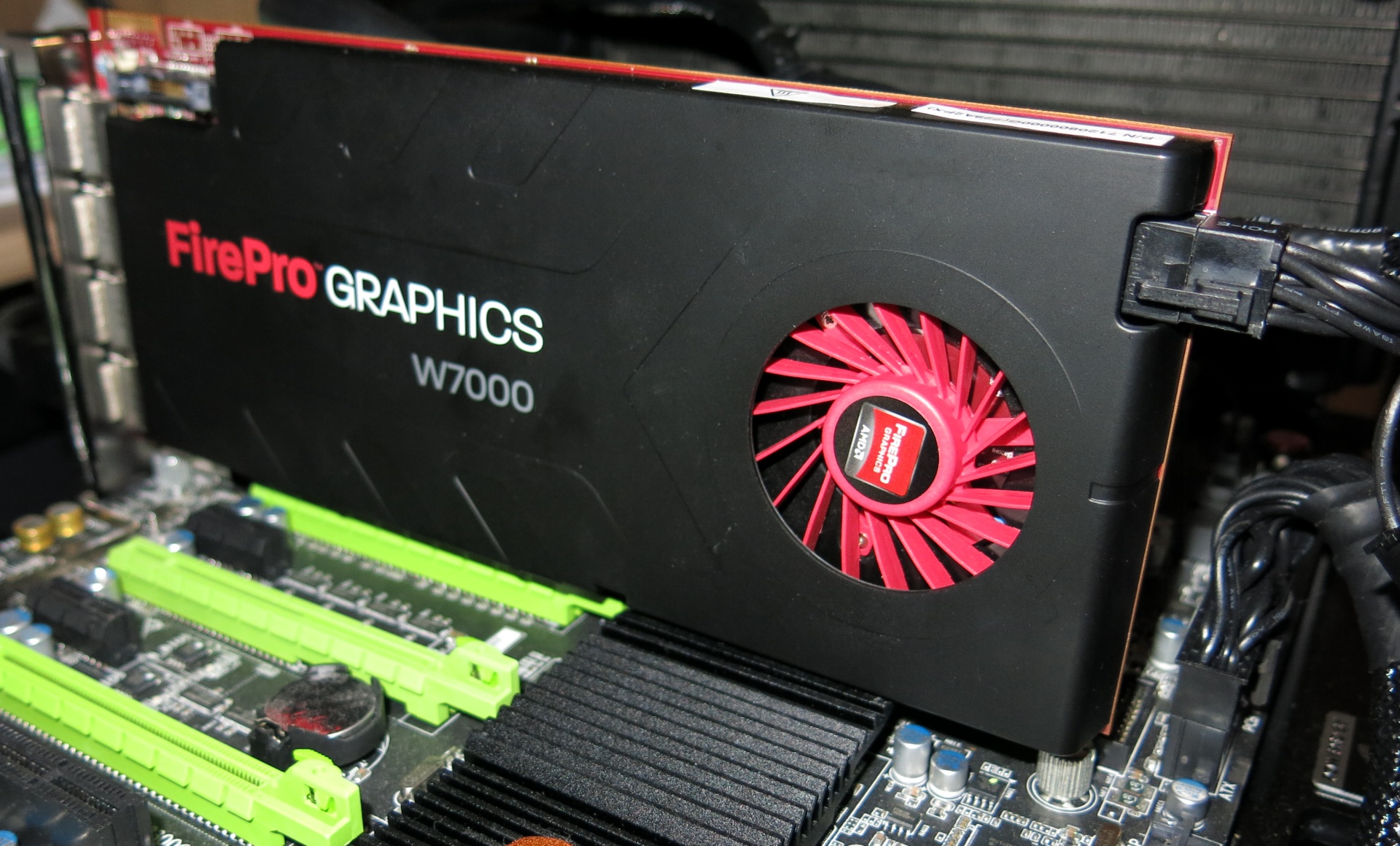Workstation Graphics: 19 Cards Tested In SPECviewperf 12
SPECviewperf 12 sets out to be the standard for evaluating workstation graphics cards by including the latest professional applications, more complex models, and synthetic workloads pulled from important market segments. We test 19 cards in the new suite.
SPECviewperf 12: A Much-Needed And Welcome Update
In the end, benchmarks like SPECviewperf 12 can only give us a snapshot of workstation-oriented graphics card performance, and they’ll never cover the entire range of applications, either. Still, this is a long-overdue update to a popular suite of tests. The inclusion of up-to-date professional software from a number of different fields makes it easier for us to estimate the performance of today's FirePro and Quadro boards.
Don't read these results as gospel, though. Eight titles with a handful of sub-tests aren't enough for judging a product fairly and completely, particularly when you're talking about the lower-end models that get brutalized by taxing geometry and the memory bandwidth demands applied by deliberately-complex workloads. In fact, for every market where workstation graphics are used, there are unique and specific needs that can't be accounted for in a general collection of tests.
SPECviewperf 12’s design is, and always has been, focused on the upper-middle and high-end segments. Think about that before writing off less expensive offerings as insufficient. Their target segments are barely, if at all, represented by this benchmark.
It'd be nice to shirk the eternal FirePro versus Quadro debate and simply let the benchmark results and screenshots speak for themselves. But really, both AMD and Nvidia have done their homework, and the products we tested don’t have any obvious flaws or weaknesses.
AMD, in particular, has noticeably improved its standing in the workstation graphics card market, increasing share with its FirePro boards. There are still a lot of professional applications lacking corresponding optimized drivers, particularly outside of the titles in SPECviewperf 12. But the list of those that are officially supported keeps growing.
Moreover, AMD's price/performance ratio in the low- and mid-range segments is already appealing, and we're not seeing a push to offer more value in the high-end space. That's where the company might be able to steal away some of Nvidia's business, especially under the titles really well-optimized in the drivers. Although this is bad news for Nvidia, the winner of a close race is always going to be you.
Bottom Line
SPECviewperf 12 might not be perfect, but perfection is almost impossible to achieve when it comes to evaluating workstation-class graphics cards. There are simply too many commonly-used professional apps out there that need to be included, and the benchmark's scope has to be limited by scope.
Get Tom's Hardware's best news and in-depth reviews, straight to your inbox.
But the plan to update viewperf regularly, and thus keep it adjusted continuously to the newest demands and requirements, is more than welcome. It's also necessary for a suite that’s supposed to provide relevant results.
Current page: SPECviewperf 12: A Much-Needed And Welcome Update
Prev Page Image Quality And Desktop Drivers
Igor Wallossek wrote a wide variety of hardware articles for Tom's Hardware, with a strong focus on technical analysis and in-depth reviews. His contributions have spanned a broad spectrum of PC components, including GPUs, CPUs, workstations, and PC builds. His insightful articles provide readers with detailed knowledge to make informed decisions in the ever-evolving tech landscape
-
spp85 AMD FirePro now a days performs very good at a cheaper price. Good job AMD. Keep on improving that.Reply
When AMD releases the mighty 16GB FirePro 9100 based on Radeon R9-290X core will be competitive to the Quadro K6000 in performance. -
FormatC I've also reviewed the FirePro W9100 in a large article with a lot of real-world benchmarks (the review was published last week in German). But AMD is really funny: the W9100 launch was at 7th, the R9 295X2 at 8th... So we got not time enough to translate it faster or merge the results. It's a shame :(Reply -
Shankovich Can't wait for the W9100 benchmarks! Getting one sent to me but oh man I still want to see some results :DReply -
PepitoTV I would've loved to see Titan benchmarks included as that card is often named as a 'poor man' workstation card...Reply -
bobcramblitt Thanks for this. Would love to see some future benchmarking of workstation-level systems using the new SPEC workstation benchmark (SPECwpc V1.0 -- http://www.spec.org/gwpg/wpc.static/wpcv1info.html). But, then again, I'm a SPEC guy...Reply -
edhap Hey SPEC guy, when can we do away with synthetic benchmarks for the workstation market? Hopefully VP12 is the last of these and you can focus on real applications. The last thing I need is another benchmark that does not match real world use casesReply
I find that internal benchmarking the only way to really understand the value of workstation cards. W7000 for example - it was awesome in our internal testing. While good, the cards is much better than these benchmark results suggest. Not sure why I would look at another SPEC benchmark when I will still need to test the cards in-house to really know how good they are for our applications and models. -
adamglick Fortunately, VP12 is MUCH MUCH closer to an actual (non-biased) representation of real-world application performance than was VP11. Yes, it's still "synthetic" but it uses actual code traces from updated versions of real applications -and its results are typically in-line with actual application testing results.Reply
Unfortunately, testing in the real applications (using something like APCapc) requires actual licenses of the software apps. Many of these vendors (CATIA, NX, etc) simply don't make temp licenses available for reviewers/journalists or other non-users.
VP12 should be quite good enough to help make informed evaluations of GPU hardware. If you are concerned about seeing in-application performance measurements for particular apps, you can ususually find the data with a bit of googling, although take results you find posted on the internet by "regular Joe's" with a grain of salt.
Adam Glick
Sapphire Technologies
-
adamglick *It is a shame Tom's did not include the results of the latest AMD FirePro 9100 card. They do actually have this card for eval and testing in house and It's a mystery to me why they chose not to include the results here.Reply
tsk tsk tsk -
filippi It was a great review. thanks a lot!Reply
About CPU Scaling: "In the second set of our scaling results, only SolidWorks responds to CPU frequency. Core and thread count don't make a difference.¨
This is not entirely true. It goes as far as 10% at 4.5 GHz.

